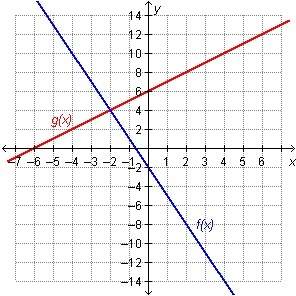
Mathematics, 30.11.2021 01:00 mmmmaaarriiieeee
Use the diagram of the right triangle above and round your answer to the nearest hundredth.
If a is 3 cm and tan A is 0.75, what is b?
a.
17.32 cm
c.
4 cm
b.
6.93 cm
d.
9.99 cm
Please select the best answer from the choices provided

Answers: 2


Another question on Mathematics

Mathematics, 21.06.2019 19:00
What is the best way to answer questions with a x expression in the question. for example 3x + 10x=?
Answers: 1

Mathematics, 21.06.2019 20:20
Abag contains 3 red marbles, 2 blue marbles, and 2 green marbles. one marble is picked, then another marble. assume that the selections are made with replacement. a) find the probability of picking two red marbles with replacement. b) find the probability of picking a red marble and a blue marble. assume the selections are made without replacement. c) find the probability of picking two red marbles without replacement. d) find the probability of picking a red marble and a blue marble without replacement.
Answers: 1

Mathematics, 21.06.2019 20:30
Ateam has p points. p = 3w + d w = wins d = draws a) a football team has 5 wins and 3 draws. how many points does the team have?
Answers: 1

Mathematics, 22.06.2019 03:00
In this problem, we explore the effect on the standard deviation of multiplying each data value in a data set by the same constant. consider the data set 14, 6, 8, 15, 15. (a) use the defining formula, the computation formula, or a calculator to compute s. (round your answer to one decimal place.) s = 4.28 (b) multiply each data value by 3 to obtain the new data set 42, 18, 24, 45, 45. compute s. (round your answer to one decimal place.) s = 12.83 (c) compare the results of parts (a) and (b). in general, how does the standard deviation change if each data value is multiplied by a constant c? multiplying each data value by the same constant c results in the standard deviation remaining the same. multiplying each data value by the same constant c results in the standard deviation being |c| times as large. multiplying each data value by the same constant c results in the standard deviation increasing by c units. multiplying each data value by the same constant c results in the standard deviation being |c| times smaller. (d) you recorded the weekly distances you bicycled in miles and computed the standard deviation to be s = 3.8 miles. your friend wants to know the standard deviation in kilometers. do you need to redo all the calculations? yes no given 1 mile ≠1.6 kilometers, what is the standard deviation in kilometers? (enter your answer to two decimal places.)
Answers: 1
You know the right answer?
Use the diagram of the right triangle above and round your answer to the nearest hundredth.
If a i...
Questions

Computers and Technology, 11.11.2020 21:00

Mathematics, 11.11.2020 21:00

Geography, 11.11.2020 21:00

Mathematics, 11.11.2020 21:00

English, 11.11.2020 21:00



Mathematics, 11.11.2020 21:00

Mathematics, 11.11.2020 21:00



Biology, 11.11.2020 21:00

Mathematics, 11.11.2020 21:00



Mathematics, 11.11.2020 21:00

English, 11.11.2020 21:00

Advanced Placement (AP), 11.11.2020 21:00

English, 11.11.2020 21:00




